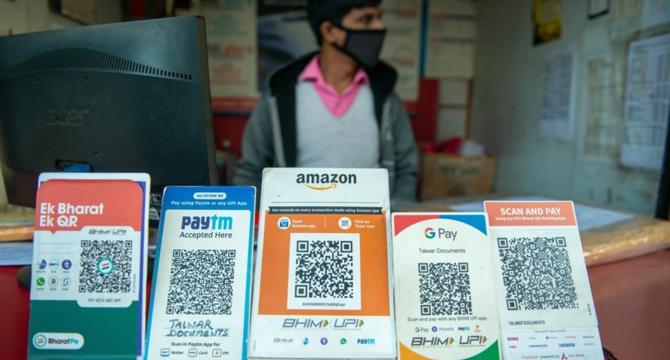Inc42
1M
203

Image Credit: Inc42
Govt Plans Levying MDR On UPI Transactions Over INR 3,000: Report
- The government is considering imposing a merchant discount rate (MDR) on UPI transactions above INR 3,000 to support banks and payment service providers.
- Discussions are ongoing to apply MDR based on transaction value rather than merchant turnover, with a recent meeting held involving key departments.
- While smaller UPI payments may remain exempt, larger transactions could soon incur a merchant fee, reversing the zero-MDR policy in place since 2020.
- No official statement has been released by the PMO, department of economic affairs, or department of financial services.
- MDR is a fee banks charge merchants for processing real-time payments in the UPI ecosystem; it was waived off for RuPay debit cards in 2020 to promote digital payments.
- Indian banks proposed reinstating MDR on UPI and RuPay debit card transactions in March, seeking a reversal of the zero MDR policy.
- Third-party application providers have voiced concerns about rising costs for high-value UPI transactions as they aim to build sustainable business models.
- The zero-MDR policy has impacted revenue for fintech players and bankers, prompting calls for a return to MDR to ensure a sustainable ecosystem.
- Paytm's founder mentioned that reintroducing MDR would lead to increased revenues for digital payment providers but also heightened competition.
- NPCI data shows a new high in UPI transaction volume and value in May, indicating the significance of UPI transactions in India's digital payment landscape.
Read Full Article
12 Likes
For uninterrupted reading, download the app